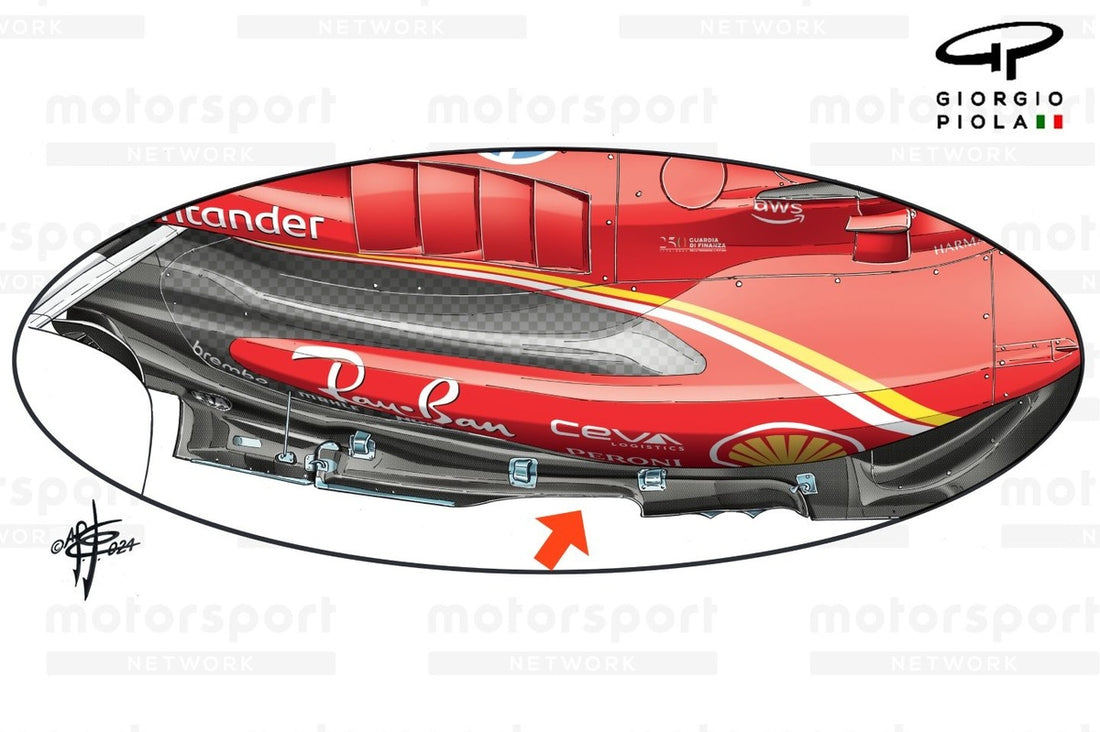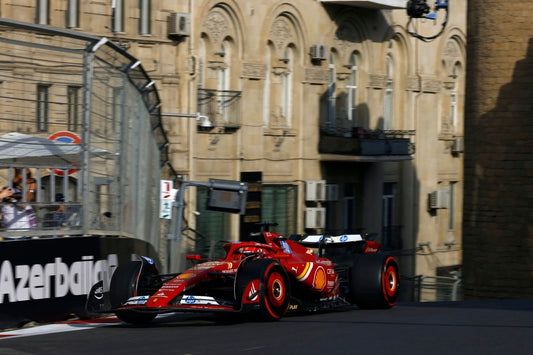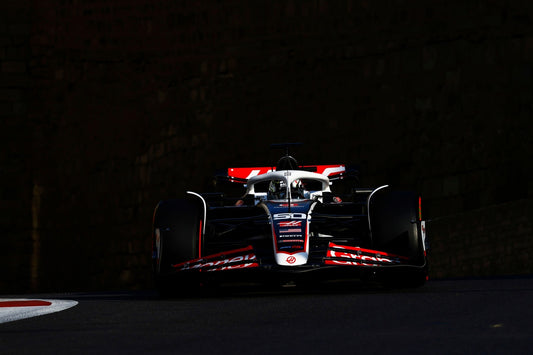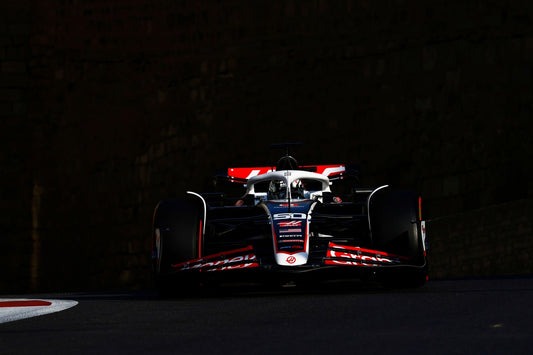Ferrari's Savvy Adjustments Propel Leclerc Past McLaren in Thrilling Turnaround
Manish
Charles Leclerc's masterful tyre management played a crucial role in securing Ferrari's victory at the Italian Grand Prix. However, the differences in car performance also significantly impacted the race outcome, particularly when compared to McLaren's missed opportunity for a 1-2 finish. While McLaren struggled with concerns about executing a one-stop strategy with their MCL38, Ferrari exhibited confidence in their upgraded SF-24's ability to go the distance.
Following a series of events where Ferrari faced challenges with their floor, the team seems to have regained faith in their package. A combination of small and substantial developments has helped bring everything together, with some changes specific to the Monza track and others addressing inefficiencies that had plagued the car since the Spanish Grand Prix upgrade.
The Importance of Minor Adjustments
In the current Formula 1 landscape, teams are compelled to seek improvements in every possible area, making even the smallest gains significant. Some of the more subtle changes are actually crucial, as they help optimize the overall package and unlock latent performance that previous modifications may not have fully exploited.
Camera Housing and Mirror Stalk Modifications
One seemingly minor change involved repositioning the camera housings on the side of the nose. Due to their size and location, these housings significantly influence airflow, working in tandem with the suspension fairings to improve downstream flow. Ferrari moved the camera housings further down the nose body, reducing their alignment with the upper suspension elements.
Additionally, the team tweaked the shape and length of the outboard mirror stalk, creating a more slender component with a minimal effect on airflow over the sidepod's upper surface.
Sidepod and Floor Enhancements
The SF-24's sidepod underwent optimization, with changes to the bodywork increasing the undercut size and adjusting the beltline's height and depth. However, the most significant modification was made to the floor, addressing various aspects to create a wider operating window and improve consistency across different conditions.
These changes included revisions to the floor fence distribution and design, adjustments to the front edge of the floor, and modifications to the edge wing's forward section. The team also revised the metal support brackets between the edge wing and floor edge, potentially allowing for more flexion under certain conditions.
Diffuser and Rear Wing Updates
To leverage the floor modifications effectively, Ferrari made changes to the diffuser, particularly in the boat tail section. The lowermost part of the floor now features a triangulated section, followed by a more curvaceous portion as the surface expands laterally.
For the Italian Grand Prix, Ferrari introduced a new rear wing design that aligns with their 2024 wing architecture. The new wing utilizes a semi-detached tip section similar to the one used throughout the season but with a more rounded profile. The team also revised the mainplane and upper flap designs to better suit Monza's characteristics, featuring a flatter mainplane and elements that occupy less space in the allowable box region.
These comprehensive updates demonstrate Ferrari's commitment to continuous improvement and their ability to address specific challenges while optimizing overall performance. As the Formula 1 season progresses, it will be interesting to see how these developments impact the team's competitiveness in the remaining races.




